Search the Special Collections and Archives Portal
Search Results
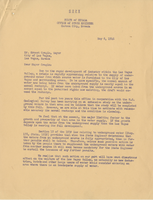
Letter from Alfred Merritt Smith (Carson City) to Ernest Cragin (Las Vegas), May 6, 1946
Date
Archival Collection
Description
Letter written by the Nevada state engineer to the mayor of Las Vegas regarding the water use from the Las Vegas Aquifer, which was roughly equal to the recharge rate. The state engineer recommended that a group of property owners form a group, perhaps called the "Las Vegas Valley Water Improvement District" to pursue the acquisition of additional water from Lake Mead and thus allowing for future development and growth of the City of Las Vegas and surrounding areas. Earl, Ira J. (Ira Joseph) is son of Joseph Ira Earl.
Text
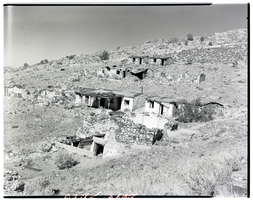
Film transparency of a ghost town, Delamar, Nevada, 1956
Date
Archival Collection
Description
Image
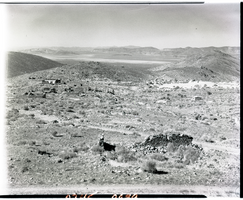
Film transparency of a ghost town, Delamar, Nevada, 1956
Date
Archival Collection
Description
Image

Film transparency of a ghost town, Delamar, Nevada, 1956
Date
Archival Collection
Description
Image
Fayle Family Papers
Identifier
Abstract
The Fayle Family Papers (1895-1998) document the family's personal and business interests in Goodsprings, Nevada and Las Vegas, Nevada. The collection contains mining documents, business records, and photographs from Leonard Fayle’s work with the Las Vegas Valley Water District, where he documented reservoirs, dams, and both abandoned and functioning mines. The photographs also include family members, vacations, and Southern Nevada fraternal organization pictures.
Archival Collection

Transcript of Interview with Merna Dennison by Ken Pyatt, March 1, 1980
Date
Archival Collection
Description
Text

Transcript of interview with Harvey N. Dondero by Elizabeth N. Patrick, August 9, 1984
Date
Archival Collection
Description
Text
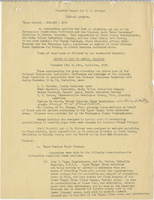
Progress Report for J. H. Wittwer, 1940-41 program
Date
Archival Collection
Description
List of activities and projects worked on by John Wittwer in 1940-41. Report has penciled comments in several places.
Text
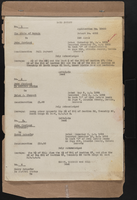
Stewart family real estate documents
Date
Archival Collection
Description
Stewart family real estate documents
Text

